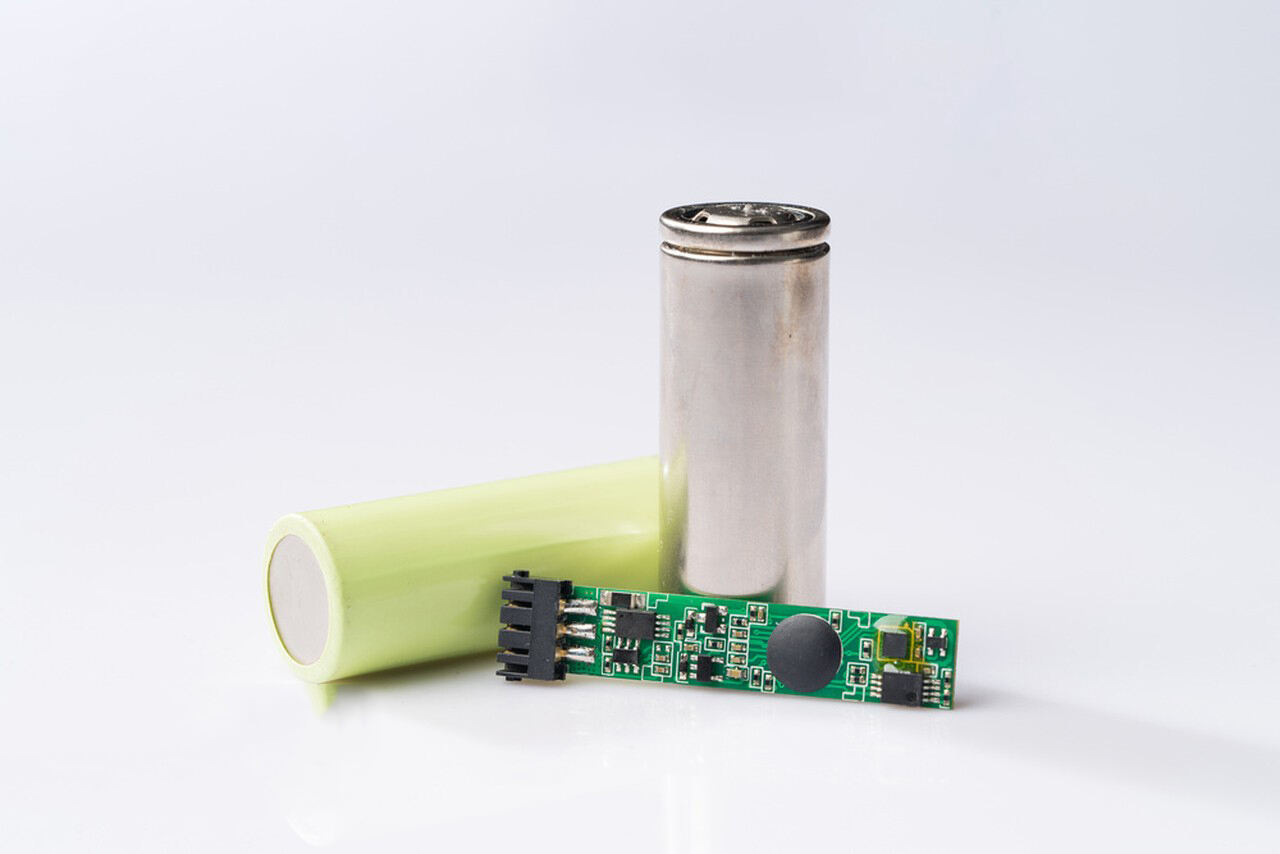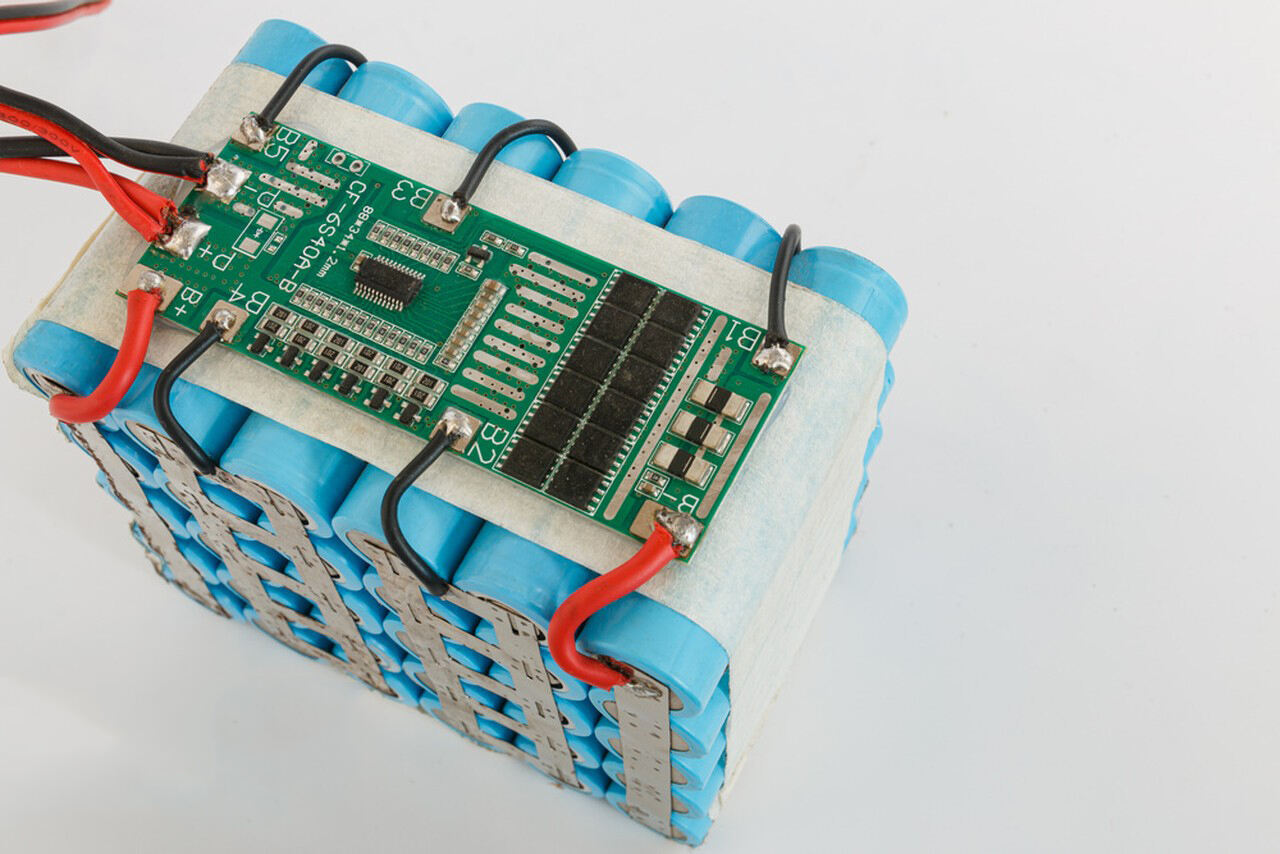News
What is the role of BMS (battery management system) of lithium battery?
Core Functions of a Battery Management System
A Battery Management System (BMS) is like the brain that controls how lithium-ion battery packs work. It's constantly keeping an eye on important things like the voltage, current, and temperature of each individual cell in the battery pack. By carefully controlling the charging and discharging cycles of the battery, it stops dangerous situations where the voltage gets too high. If the voltage gets too high, it could cause a really dangerous thing called thermal runaway. The BMS uses really smart algorithms to figure out in real time how much charge is left in the battery (State of Charge, or SOC) and how healthy the battery is (State of Health, or SOH). This helps with predicting when maintenance might be needed, which in turn reduces the chances of unexpected failures, especially in industrial settings where the battery is used.
Enhancing Safety Through Voltage and Temperature Control
Modern Battery Management Systems have several layers of protection. When they detect that the voltage is fluctuating too much, going beyond a tolerance of plus or minus 2%, they will automatically disconnect the battery pack. This is to prevent any problems. There are also very precise thermal sensors in the BMS. These sensors can measure the temperature gradients across the battery modules with an accuracy of 0.5°C. They can detect when the temperature is rising and trigger the cooling systems before the heat builds up to a critical level. These safety features are really important, especially in high-density energy storage systems. In such systems, if there's a problem with heat spreading, it could affect the whole installation and cause serious issues.

Extending Battery Lifespan Through Cell Balancing
One common problem with battery packs is that the voltage can be different between individual battery cells. This can cause the battery's capacity to go down by 15-30% in systems that aren't balanced properly. But dynamic cell balancing technology in the BMS can fix this. The active balancing modules in the BMS can move the energy around between the cells really efficiently, with an efficiency of over 92%. This keeps all the cells at the best charge level. When the battery is being deeply discharged, this process also helps to reduce the formation of lithium plating. Compared to battery configurations that don't have this kind of management, it can preserve up to 40% more of the battery's cycle life, which means the battery can be charged and discharged more times before it wears out.
Optimizing Performance in Extreme Conditions
Advanced Battery Management System architectures are really smart. They can adjust to different environmental challenges by regulating the power in an intelligent way. For example, when it's really cold, below zero degrees Celsius, the BMS will gradually reduce the charge currents. This is to stop lithium metal from building up on the anodes of the battery cells. In high-altitude applications, the BMS has pressure-compensated venting mechanisms. These mechanisms help to keep the electrochemical reactions in the battery stable. With these features that can adapt to different conditions, the battery can work reliably in a really wide range of temperatures, from -40°C to +85°C. This makes it suitable for use in places like aerospace applications and energy storage in really cold arctic regions.
Implementation Strategies for Maximum Efficiency
If you want to integrate a BMS properly, you need to make sure that the system's specifications match the characteristics of the battery chemistry. For example, Lithium Iron Phosphate (LFP) battery configurations need to have even more careful voltage monitoring thresholds compared to Nickel Manganese Cobalt (NMC) cells. When installing the BMS, there are some best practices to follow. One of them is to use galvanic isolation between the measurement circuits and the power buses. This helps to prevent something called ground loop interference. Also, you should regularly update the firmware of the BMS. This ensures that it stays compatible with how the battery ages over time. By doing this, you can keep the measurement accuracy within 1% throughout the entire life of the product.

Maintenance and Troubleshooting Best Practices
To keep the BMS working well, you should do some proactive maintenance. One thing to do is to check the calibration of the BMS every quarter using really precise reference sources. This helps to make sure that the sensors in the BMS are accurate. You can also analyze the historical data of how the battery has been charged and discharged. This can help you spot the early signs of a cell starting to degrade, usually 6-12 months before it might fail completely. When there's a problem with the BMS, there are some common troubleshooting steps. For example, you can check the CAN bus termination resistances and look for any drops in the insulation resistance below 100Ω/V. If the insulation resistance drops like this, it often means that there's moisture getting into the system or that there's a problem with the dielectric material breaking down, especially in high-voltage applications.


